
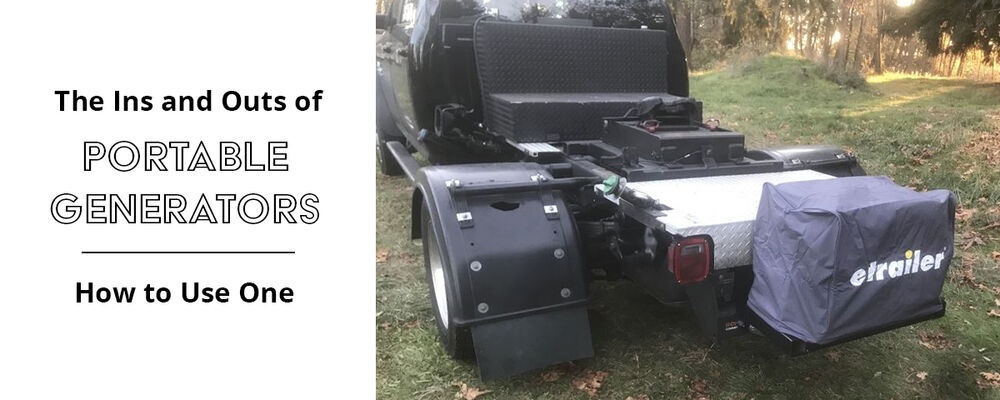
The Ins and Outs of Using a Portable Generator
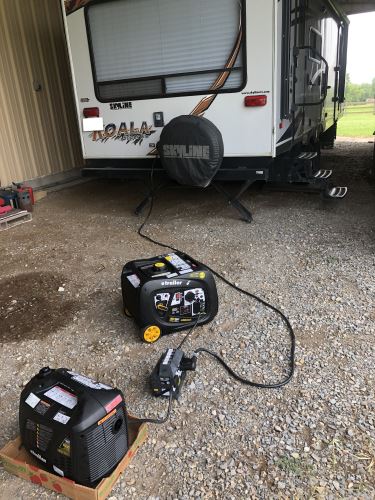
The Basics of Using a Portable Generator
Identifying Parts of a Generator
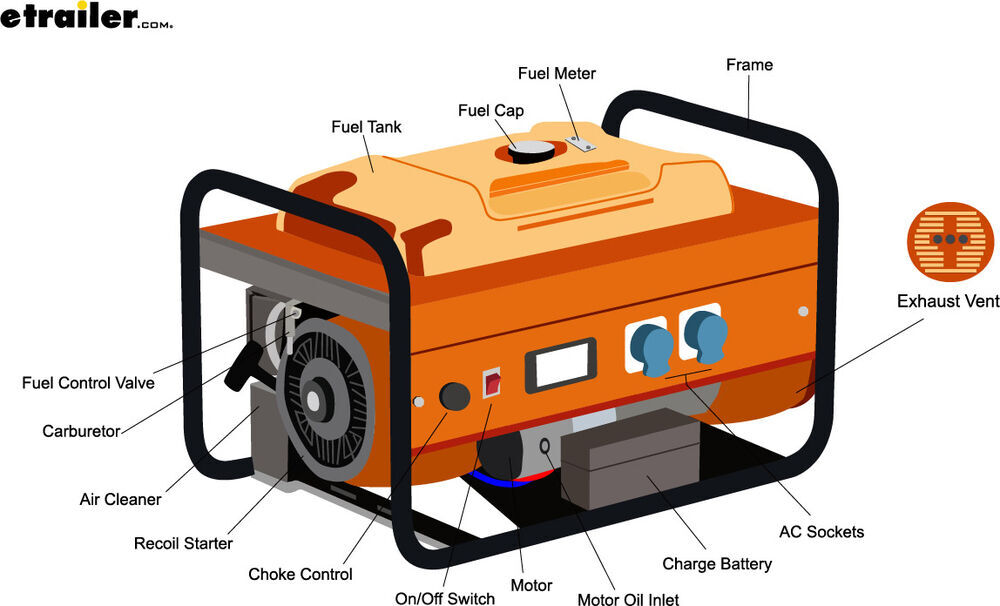
Motor Oil Inlet: This is where you'll pour motor oil for the generator's motor. Some generators ship with a bottle of motor oil included, but for most generators, you'll need to purchase the appropriate motor oil suggested by the genny's manufacturer. Exhaust Vent: This is the vent where the generator's fuel exhaust escapes. Burning fuel creates carbon monoxide, a toxic gas, so always have your generator positioned outside at least 15 feet away from living spaces and where people will be hanging out. Also, never run a genny inside any building because the exhaust is deadly. Engine Start Switch: The engine start switch turns on and off the power to an electric starter. An electric starter gets the motor cranking until the motor's own movement takes over. With the engine start switch in the "off" position, the starter won't have any electricity to get the motor revving. A start button is pushed until the motor fully starts, and then it's released to the "run" position. Recoil Starter: Some generators have an electric start button, others have a recoil starter, and a few have both. A recoil starter requires you to pull a recoil cord until the motor starts, like on some push lawn mowers and chainsaws. You may have to pull the cord several times before the motor turns over. Fuel Control Valve: The fuel control valve can be turned into an open and closed position to control whether fuel gets to the motor or not. When starting and running the generator, this valve needs to be fully open to supply fuel to the motor. Choke Control: The choke control in the "choke" position restricts air flow to the fuel, allowing the fuel to ignite more quickly. You will have the choke in the "choke" position only when starting the generator. Once the motor is fully running, the choke control is moved to the "run" position to increase air flow to the fuel.
Step-by-Step Guide to Starting a Portable Generator
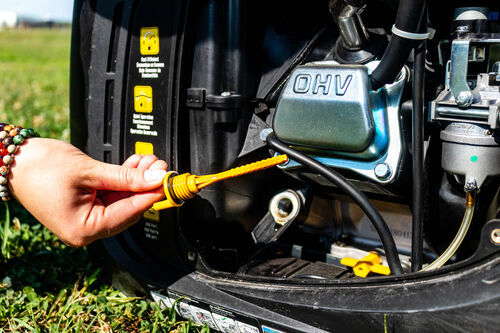
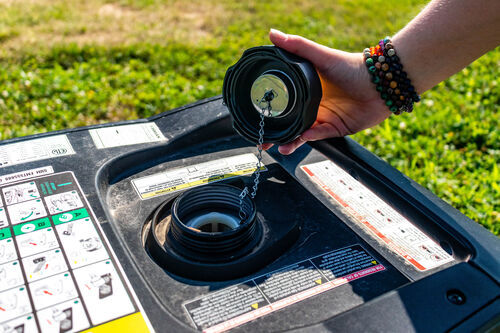
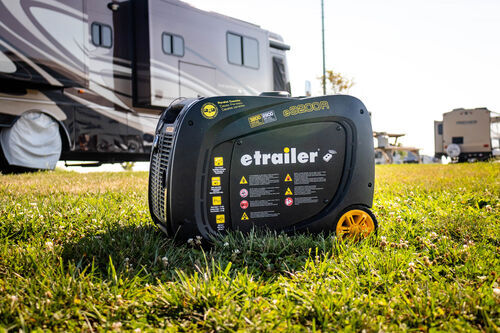
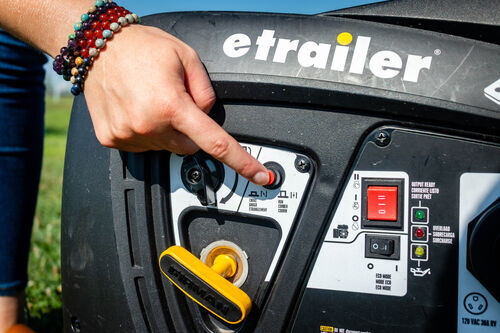
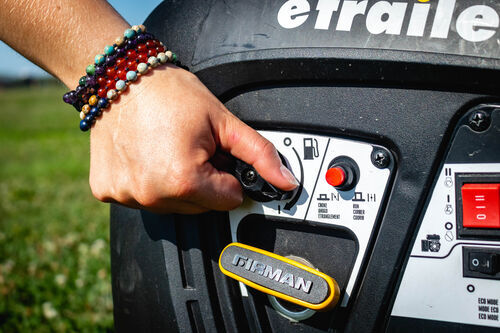
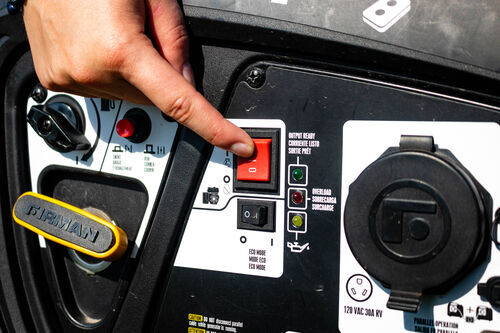
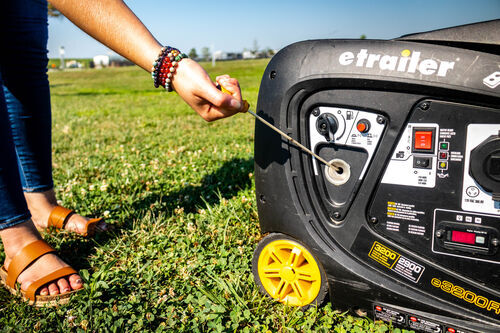


Breaking In Your Portable Generator
How Long Can You Run a Portable Generator?

How Do I Quiet a Portable Generator?
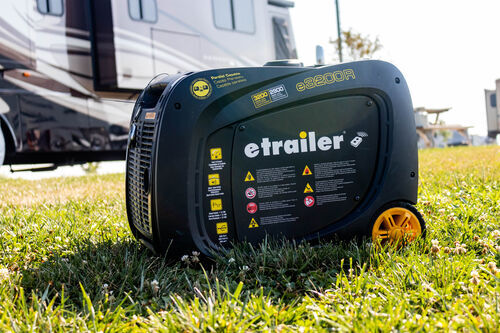
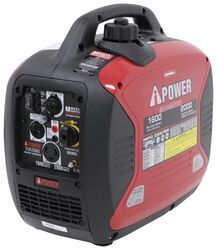
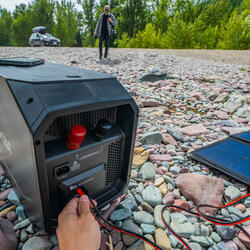
Generators kick out a lot of toxic exhaust, so you need your compartment to still be at least 15 feet away from your camping/worksite/home/etc. Related to the location of the compartment, the compartment's door to the generator should face away from these spaces as well. Also, the compartment needs to be ventilated. This means having the exhaust valve/pipe connected to a hose that vents the exhaust out of the compartment into the outside air. Lastly, generators combust fuel and have many moving parts, all of which create heat. Your compartment should have a fan to cool down the space; otherwise, your generator and compartment will overheat, potentially leading to a fire.
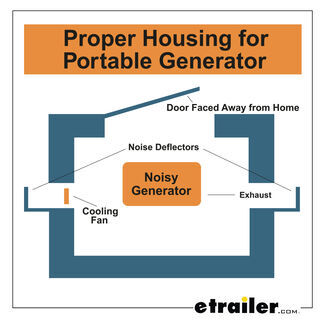
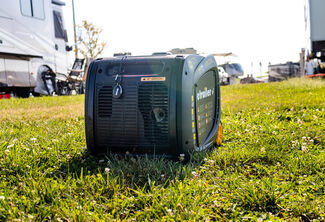
How Do I Monitor My Generator's Power Output?
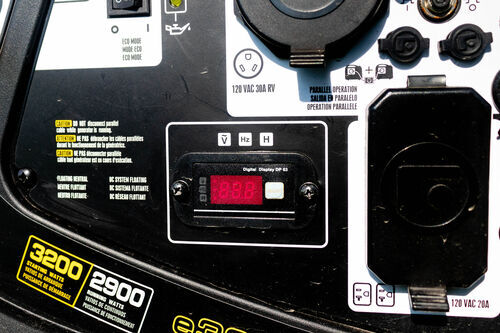
How Do I Store My Portable Generator?
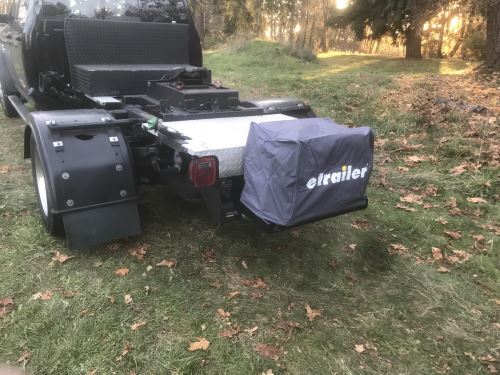
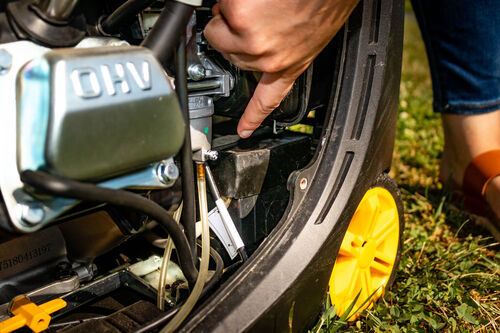



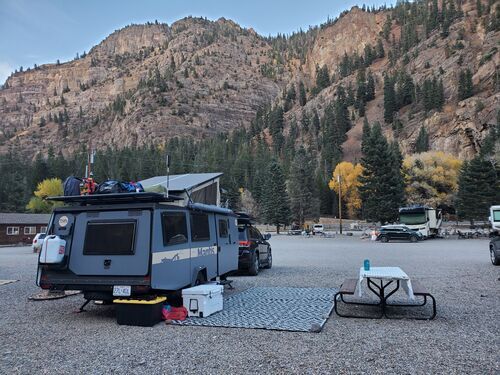
How Do I Run a Portable Generator for RV Camping?
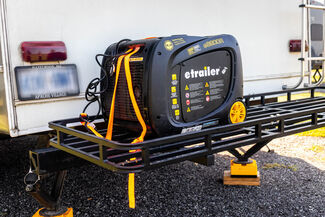
How Do I Use a Portable Generator For Home Backup Power?
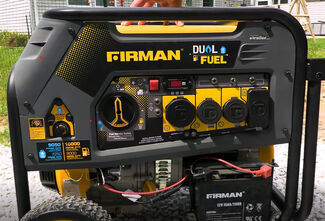
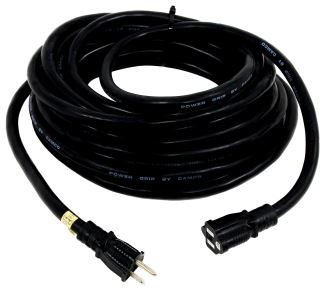
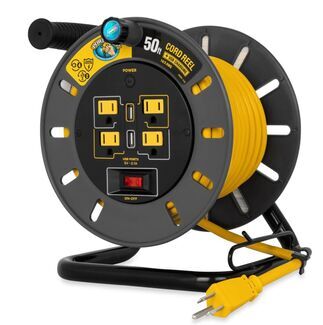
How Do I Run a Portable Generator at High Altitudes?

Get the Power Flowin'
Departments
Towing
- Trailer Hitch
- Fifth Wheel
- Gooseneck
- Towing a Vehicle
- Front Hitch
- RV Hitch
- ATV Hitch
- HD Truck Hitch
- Vehicle Wiring
- Brake Controller
- Ball Mounts
- Weight Distribution
Sports and Recreation
Trailer Parts
- Utility Trailer
- Boat Trailer
- Landscape Trailer
- Enclosed Trailer
- 5th/Camper Trailer
- Car Hauler
- Horse Trailer
Vehicle
Contact & Help

What our customers are saying:
"I like the easy of navigation through the site. It only took me a couple of minutes to place my order. Thank You I will shop this sight again in the future."
Kevin
Manchester, MD
Popular Vehicles
- Subaru Forester
- Ford F-350 Super Duty
- Ford F-250 Super Duty
- Chevrolet Silverado 1500
- Jeep Wrangler Unlimited
- Jeep Wrangler
- Ram 3500
- Toyota Highlander
- Ram 2500
- Chevrolet Silverado 2500
- Subaru Outback Wagon
- Chevrolet Silverado
- Dodge Ram Pickup
- GMC Sierra 2500
- Ram 1500
- Ford F-250 and F-350 Super Duty
- Jeep Grand Cherokee
- Toyota Tacoma
- GMC Sierra 3500
- Toyota Tundra
- Ford Escape
- More >>

